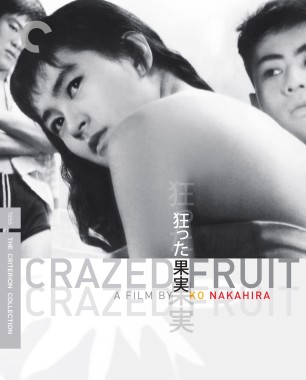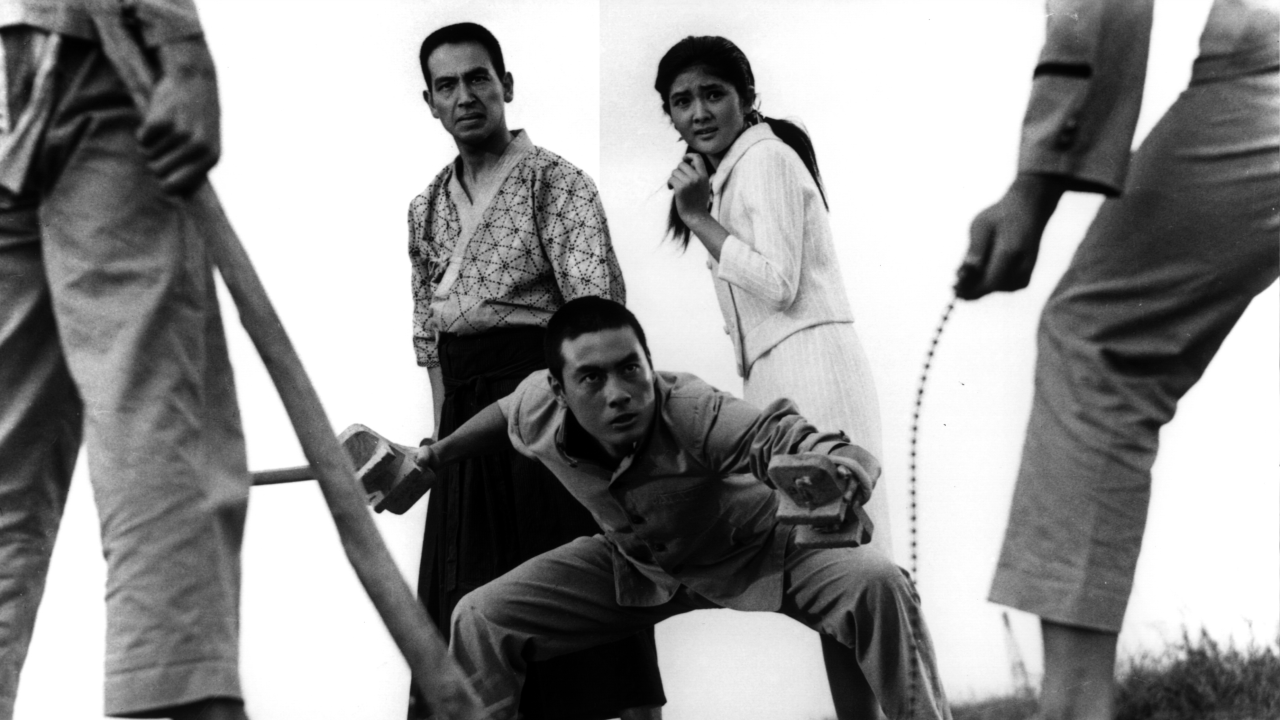Fighting Elegy

High schooler Kiroku Nanbu yearns for the prim, Catholic Michiko, but her only desire is to reform Kiroku's sinful tendencies. Hormones raging, Kiroku channels his unsatisfied lust into the only outlet available: savage, crazed violence. Fighting Elegy (Kenka Erejii) is a unique masterpiece in the diverse career of Seijun Suzuki, combining the director’s signature bravura visual style with a brilliantly focused satire of machismo and fascism.
SPECIAL EDITION FEATURES
- Restored high-definition digital transfer
- Original theatrical trailer
- PLUS: An essay by renowned critic and historian Tony Rayns
Cover by Lucien S. Y. Yang
SPECIAL EDITION FEATURES
- Restored high-definition digital transfer
- Original theatrical trailer
- PLUS: An essay by renowned critic and historian Tony Rayns
Cover by Lucien S. Y. Yang

Cast
- Hideki Takahashi
- Kiroku Nanbu
- Junko Asano
- Michiko
- Yusuke Kawazu
- Turtle
- Mitsuo Kataoka
- Takuan
- Isao Tamagawa
- Principal of Kitakata J.H.S.
- Keisuke Noro
- Kaneda
- Hiroshi Midorigawa
- Ikki Kita
- Seijiro Onda
- Kiroku’s father
- Chikako Miyagi
- Yoshino Nanbu
Credits
- Director
- Seijun Suzuki
- Art direction
- Takeo Kimura
- Cinematography
- Kenji Hagiwara
- Screenplay
- Kaneto Shindo
- Based on a novel by
- Takashi Suzuki
- Editing
- Mutsuo Tanji
- Music
- Naozumi Yamamoto
- Producer
- Kazu Otsuka



















